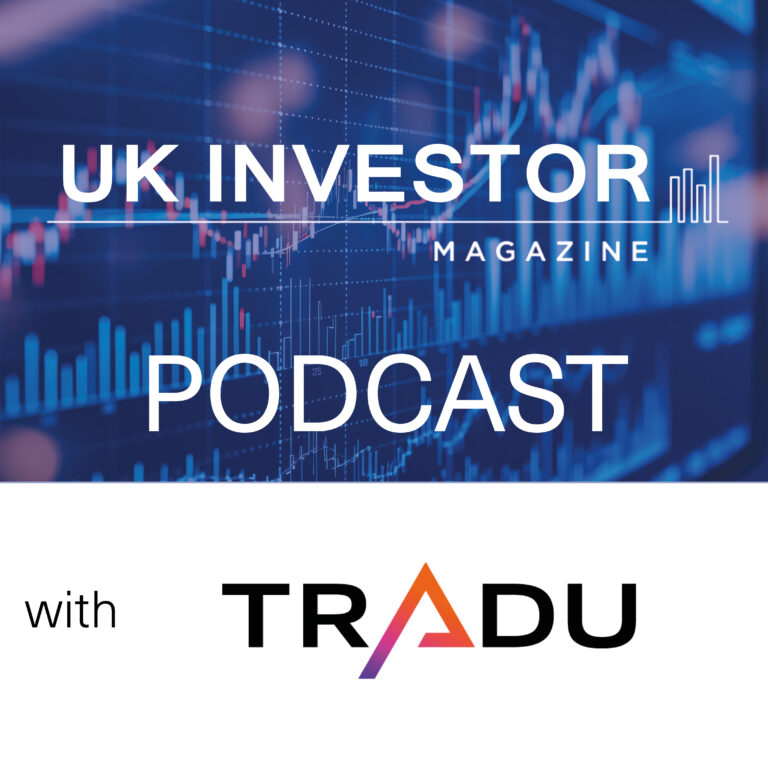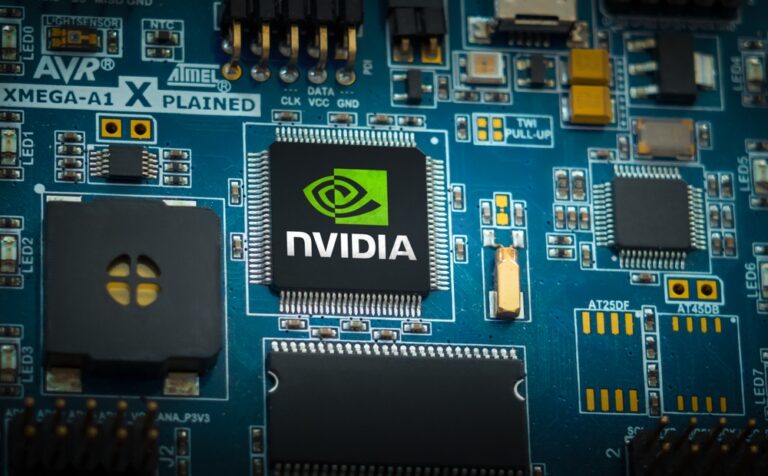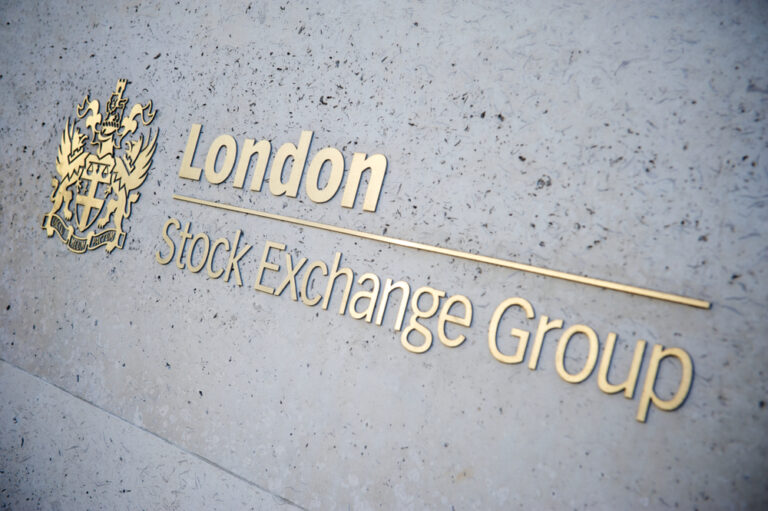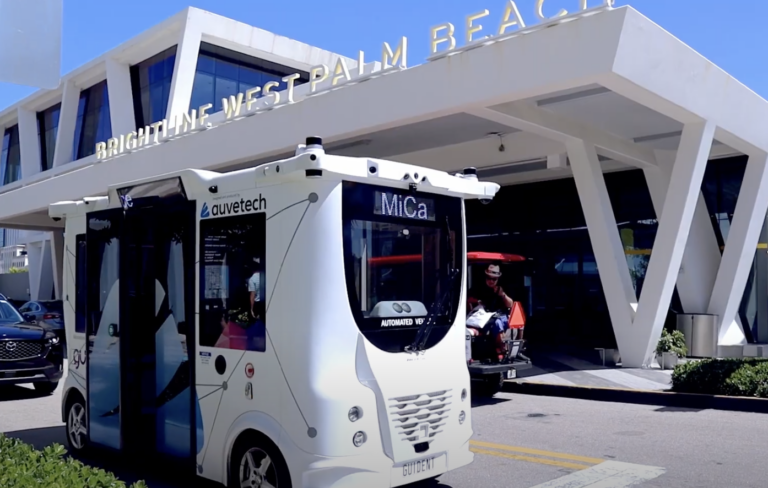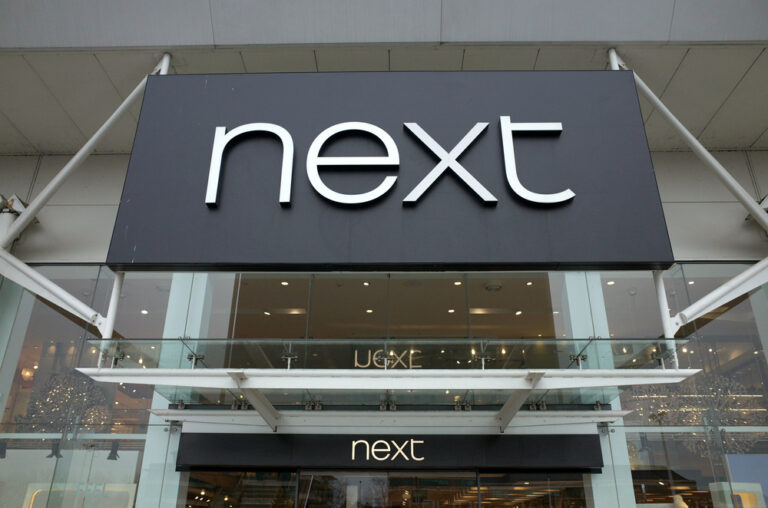Tekcapital shares soared on Thursday after its portfolio company Guident filed its S-1 registration for a proposed NASDAQ IPO amid surging interest in autonomous vehicle listings.
Tekcapital shares were 21% higher at the time of writing as the filing confirmed the firm as one of the leading UK vehicles for investors to gain exposure to the rapidly expanding autonomous vehicle market.
Guident has demonstrated extensive use cases of its technology during preparations for the IPO. A West Palm Beach deployment showed how shuttle buses fitted with Guident’s technology can navigate and carry passengers through busy urban centres. A contract with a waste disposal company for its Watchbot surveillance robot underscores the versatility of Guident’s autonomous technology and its broad potential applications in industry.
It’s no surprise, then, that Tekcapital and Guident are pressing the accelerator on IPO plans, especially given the fertile IPO environment for US tech shares currently.
With the total addressable market for autonomous vehicles expected to run into the hundreds of billions by 2030, Guident is preparing its IPO amid a period of explosive growth and investor interest in the area.
Many autonomous vehicle IPOs have attracted multi-billion dollar valuations.
The updated S-1 signals that preparations for Guident’s IPO are gathering pace as the firm moves to take advantage of favourable market conditions. Last night’s interest rate cut by the Federal Reserve will add to investors’ optimism and help Guident achieve a higher valuation.
In a sign of intent, Guident now has two investment bankers working on the deal with Dominari Securities, joining Prime Number Capital as a book runner.
The IPO price has yet to be set, and investors can expect confirmation in the run-up to the listing. In terms of timing, there is no exact date for the IPO yet. Given that the initial filing was made some months ago, it would suggest that much of the review work has already been completed.
Based on historical timelines after an S-1 filing, Guident could be a public company trading on NASDAQ in around 4 – 8 weeks.
Implications for Tekcapital shares
For Tekcapital shareholders, Guident’s IPO will serve to underline the deep value already available in the current share price.
One can only speculate about the potential value of Guident on a successful IPO. What we do know is that Tekcapital previously valued the company at around $20m on its balance sheet.
You can assume that Guident’s listing valuation will be higher than this.
Should Guident list at a $50m valuation, Tek’s stake would be worth in the region of $35m, before the impact of any dilution. This is around double Tekcapital’s current market cap. However, it is feasible that the listing valuation is closer to $100m, or even above.
We must then take into consideration Tek’s other portfolio companies MicroSalt, GenIP, Lucyd, and Belluscura. These are valued at around $40m.
The net result for investors at this stage is that they are looking at a Tekcapital share price likely trading at a discount of around 75% – 90% of the potential value of Tekcapital’s portfolio in around two months’ time.
We must then also consider the shift in sentiment around Tekcapital shares once Guident is listed. Tekcapital will no longer be in the position of having to support portfolio companies with regular placings. All portfolio companies will be standing on their own two feet, significantly reducing the burden on Tek’s cash pile.
Factoring in constraints on selling entire portfolio holdings due to lock-ins and liquidity considerations when deriving a potential TEK share price, a bear case for Tekcapital shares would sensibly be 2x – 3x higher than where they are now, and a bull case could see 5x – 7x.

